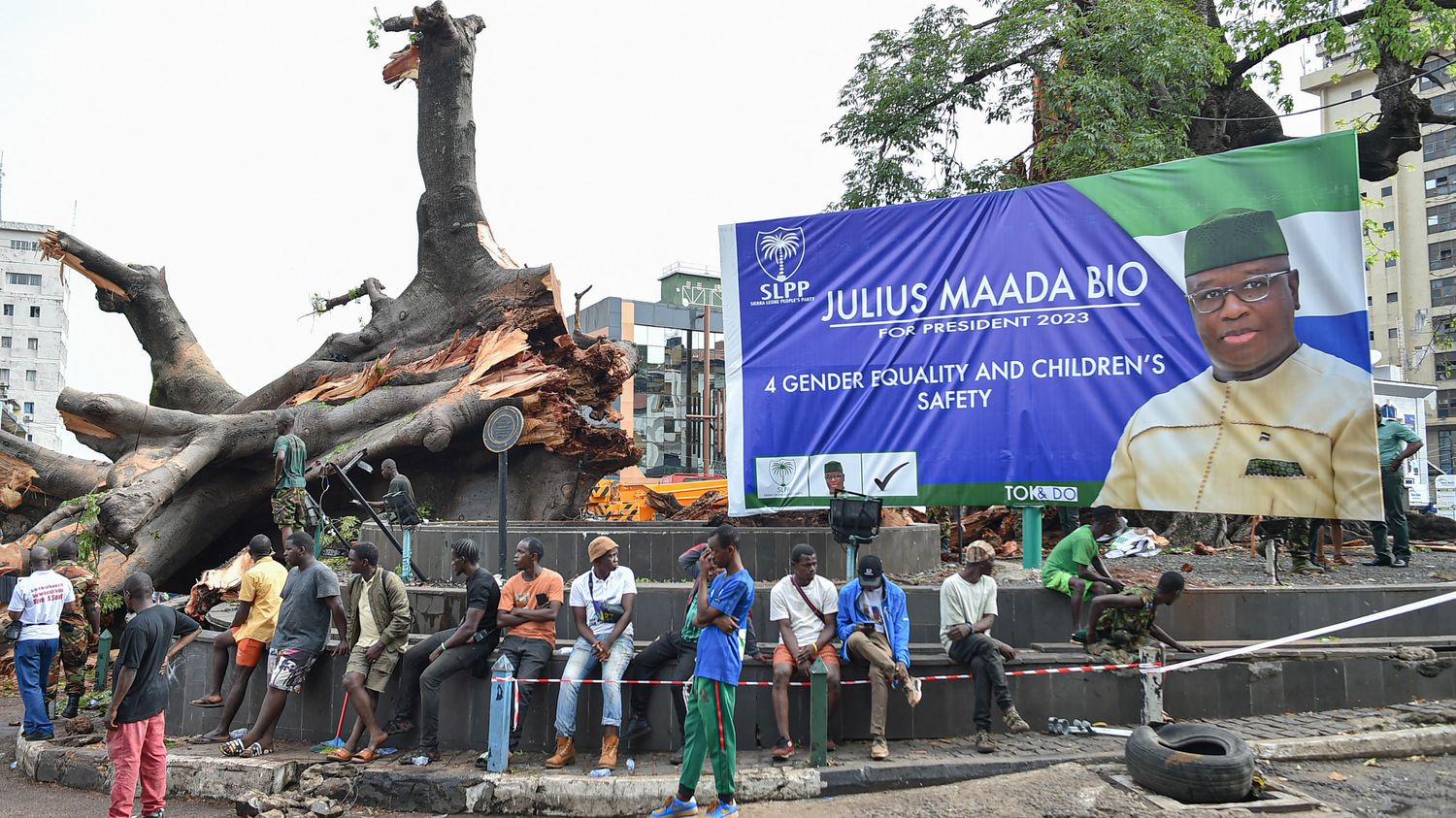He is a historical figure, a national figure who has just fallen: the one called the “Cotton Tree”, the cotton tree, from its scientific name Ceiba pentandra, is a 70m high and 15m wide kapok tree rooted for centuries in Freetown, the capital of Sierra Leone, on the Atlantic coast. A storm at the beginning of the week got the better of him and broke him in two, by the trunk during the night from Wednesday to Thursday.
>> Sierra Leone goes to war against industrial projects that do not respect the environment
Since then, the images have been circulating on social networks, arousing thousands of reactions throughout West Africa and far beyond: this tree was a true icon, a witness to history, to the history of slavery, the emancipation of the freed, their establishment on African soil.
This tree was a living monument. It became so on March 11, 1792, 231 years ago, when the first slaves freed by the British Empire arrived. During the American War of Independence, to counter the rebellion of the separatists, the English promised freedom to all slaves who would leave their rebellious master to come and fight alongside the British army.
A 400 year old tree
Thus, 3,000 soldiers called the Black Loyalists were freed, and among them, 1,200 decided to leave North America, to found their own nation, on the continent of their ancestors, in Africa. They therefore crossed the ocean from the Canadian coasts and, after landing, they came to sit under the branches of this tree, the “Cotton Tree”, already described at the time as immense, deciding to found there Freetown, the free city, capital of a new country, Sierra Leone.
We do not know its precise age, botanists give it around 400 years, but it is an institution, one of the rare trees in the world to appear on a banknote, on stamps, or to be the object of poems comparing it to the Eiffel Tower and Big Ben. Except that you don’t rebuild a tree like you restore a cathedral. The President of Sierra Leone, Julius Maada Bio, therefore promises to erect a monument in his place, “somethinghe said on Twitter, who pays homage to him“.
Thursday, May 25, loggers began to cut the trunk. But on the images, we see that there remains the stump, and therefore the roots, which makes optimists say that the monument is still alive, that it could well resume, be reborn, and live for a few more dozens, even hundreds of years, we still have to give it a chance.
